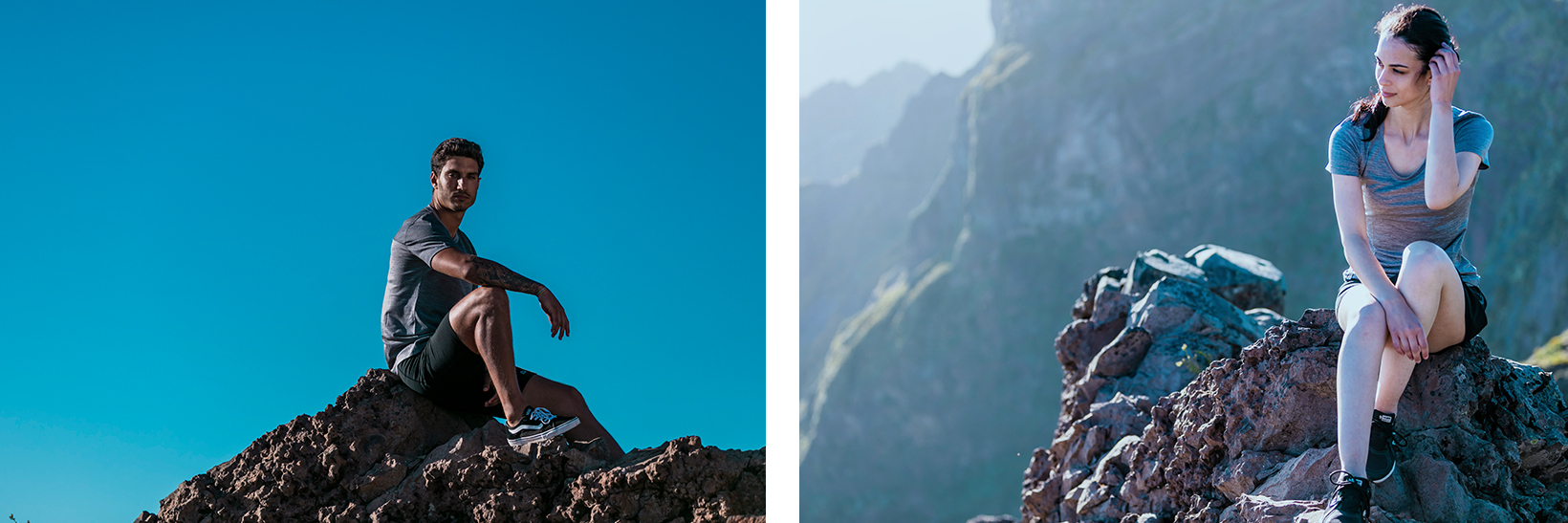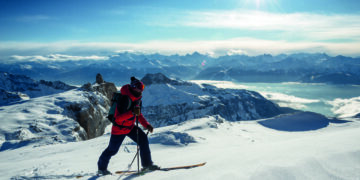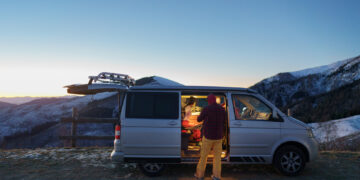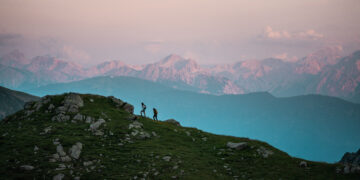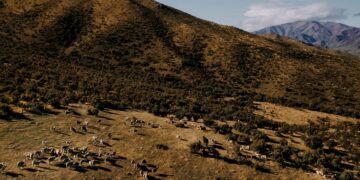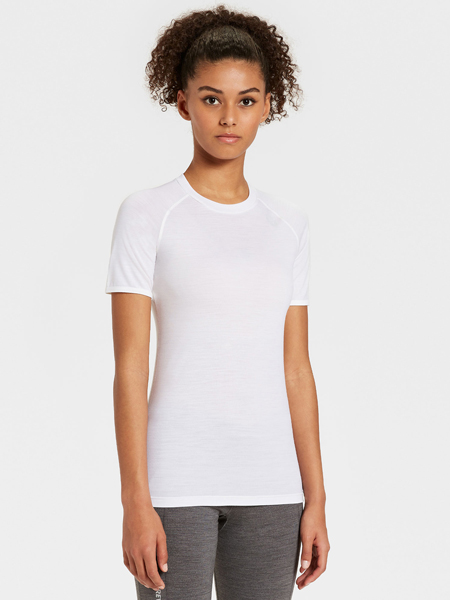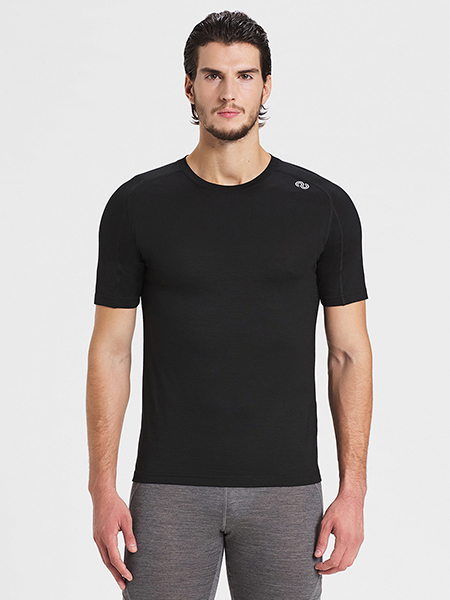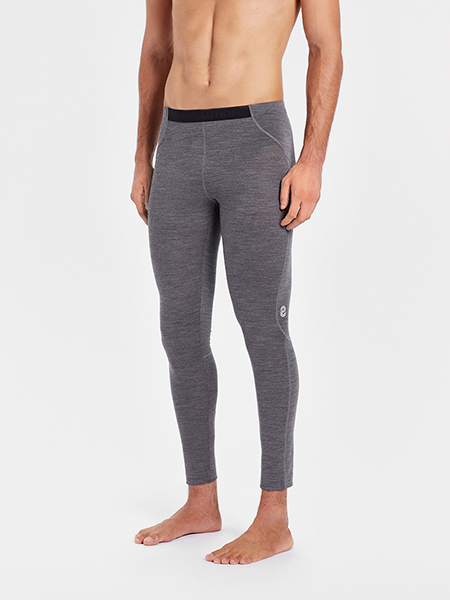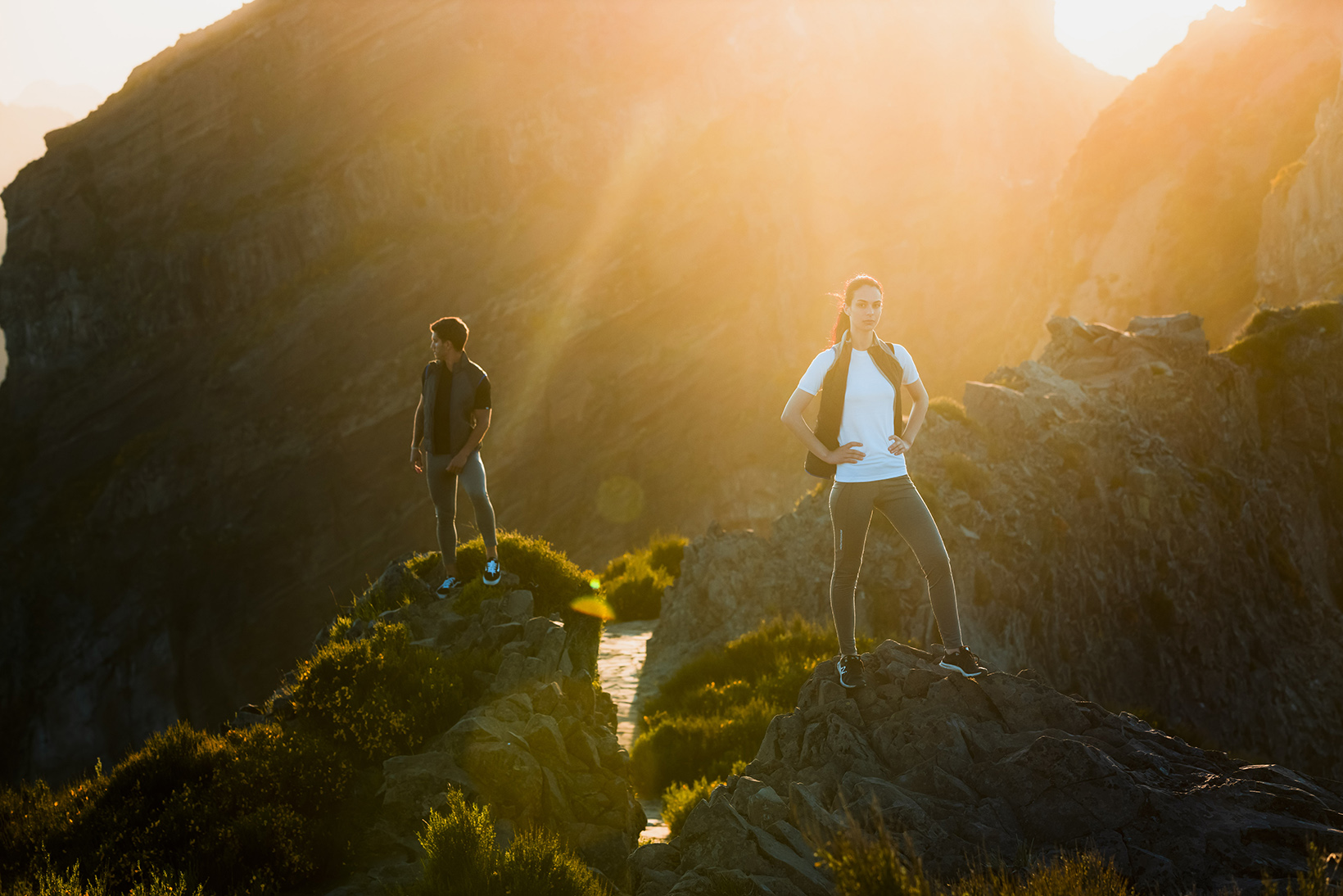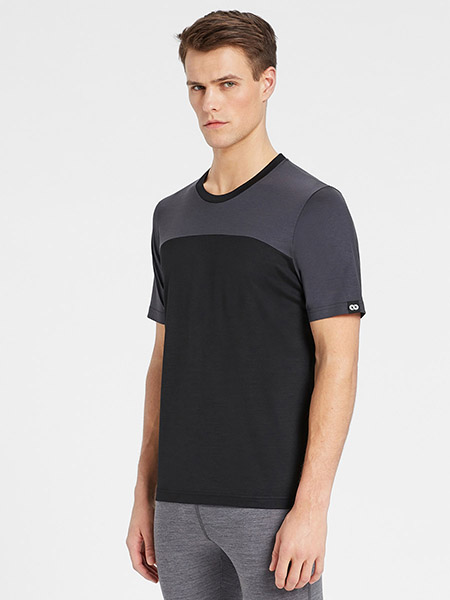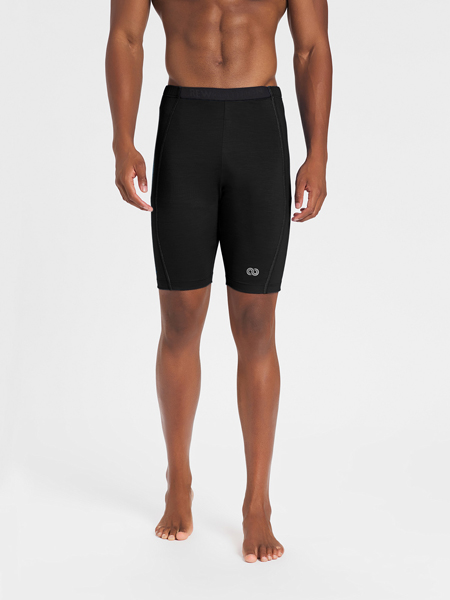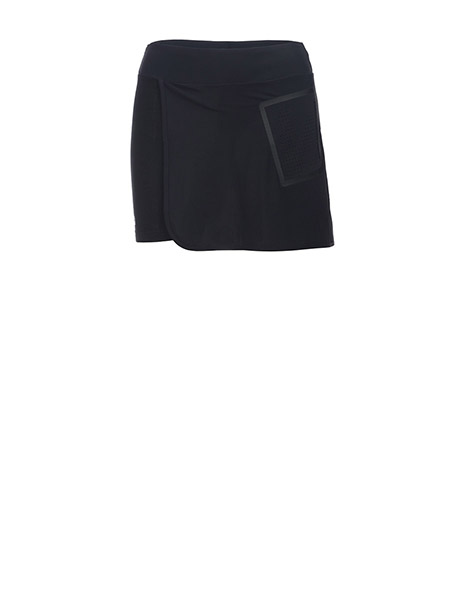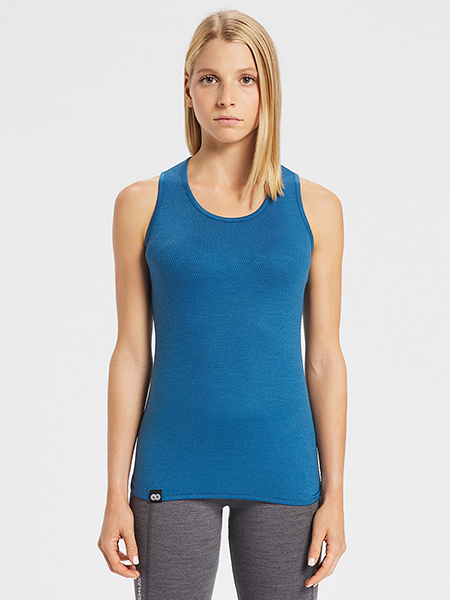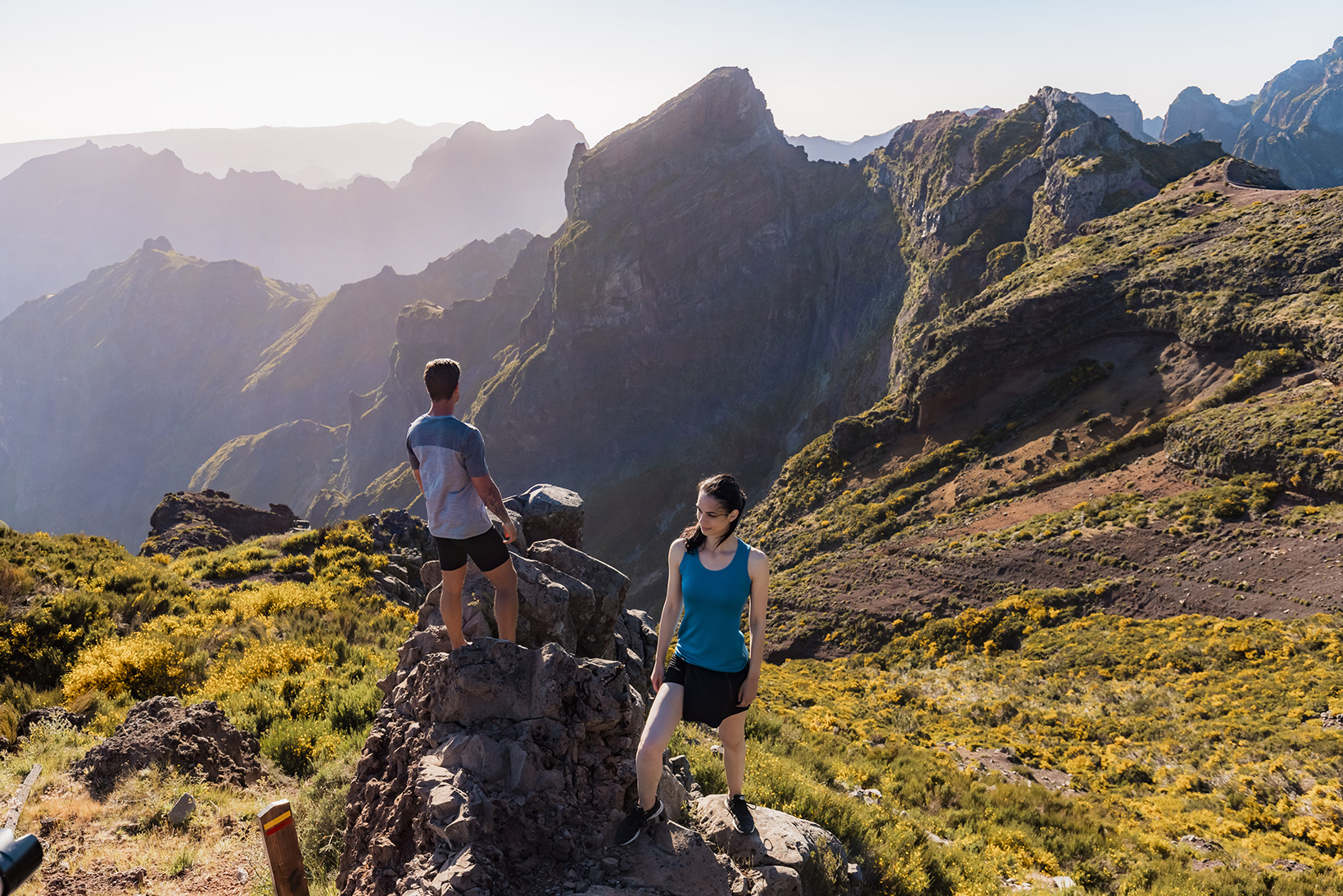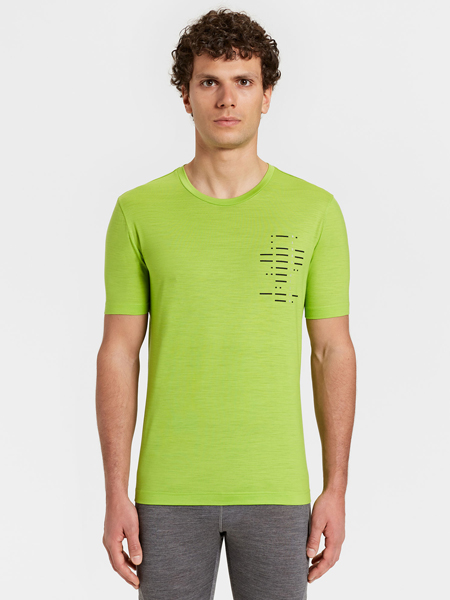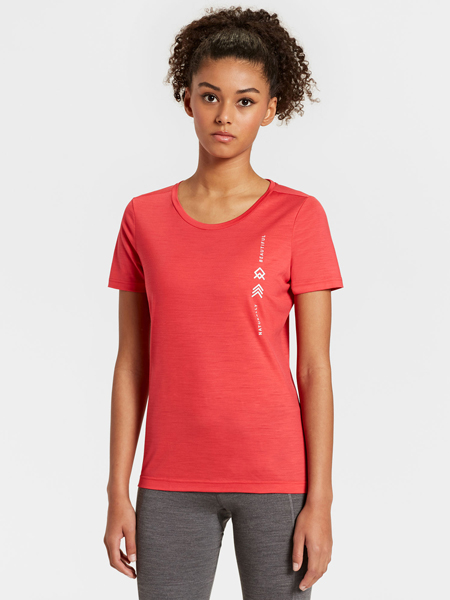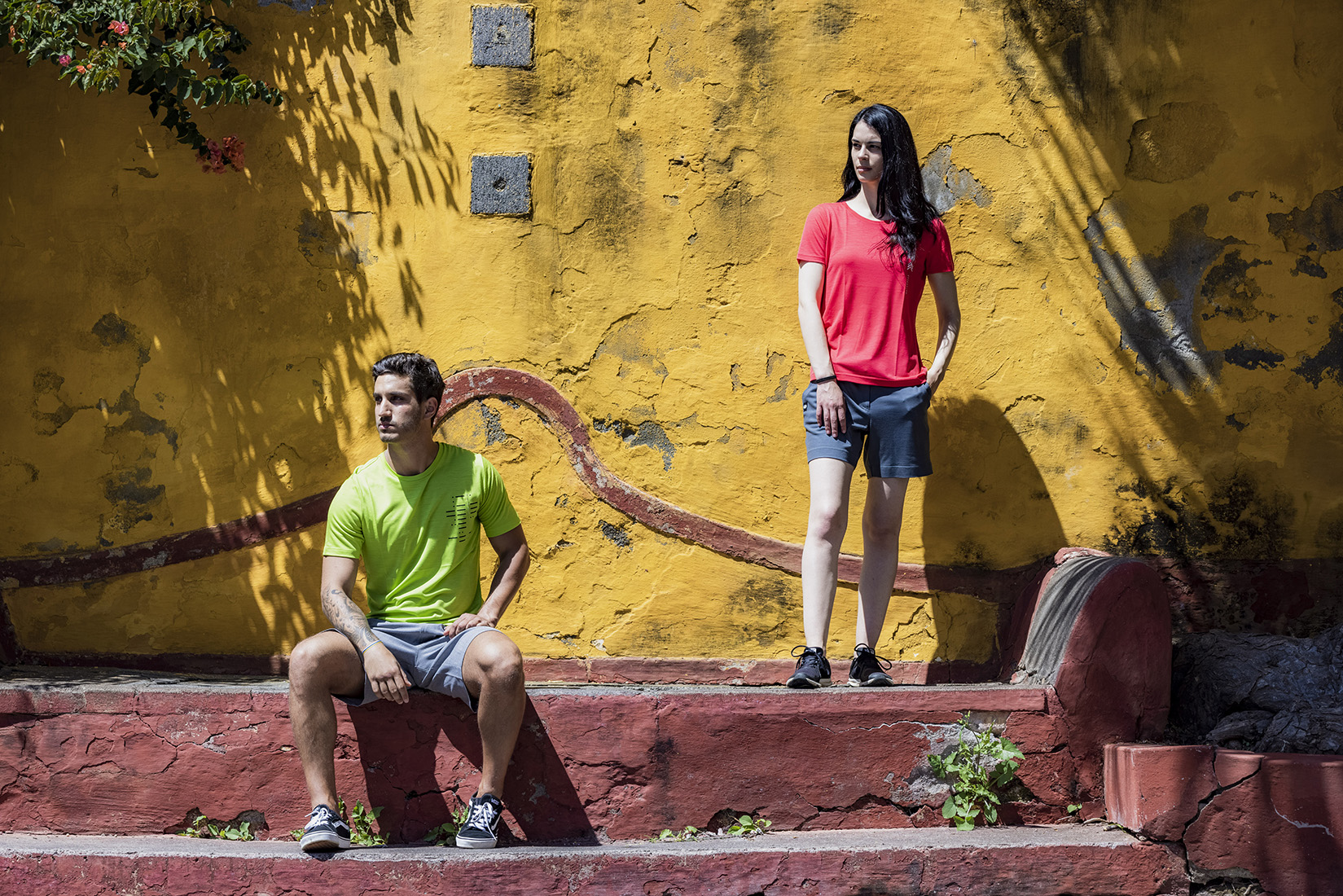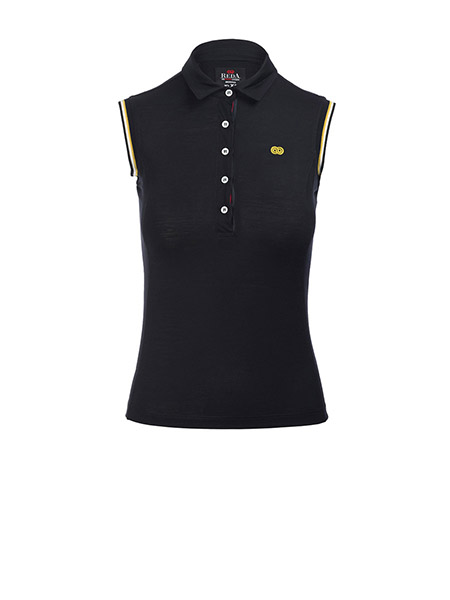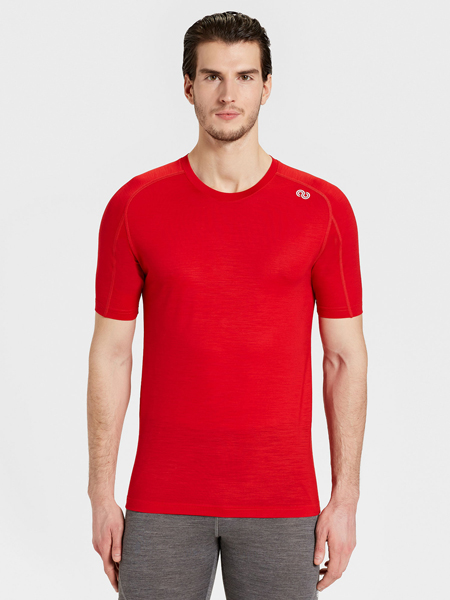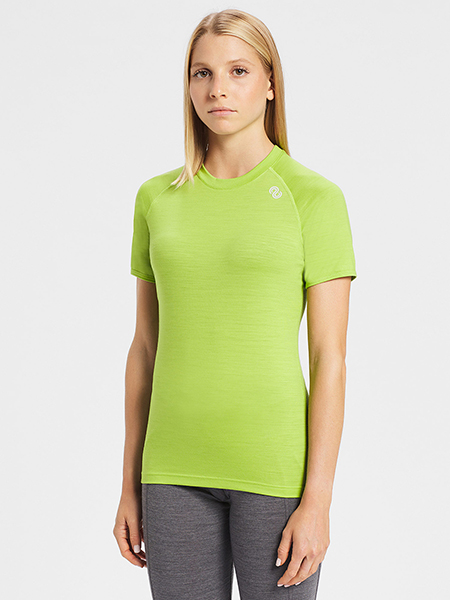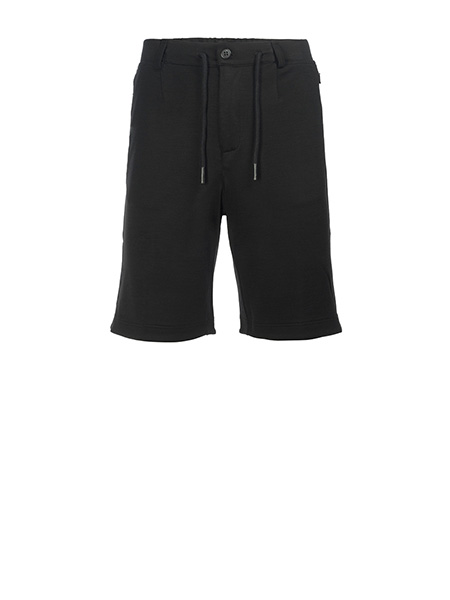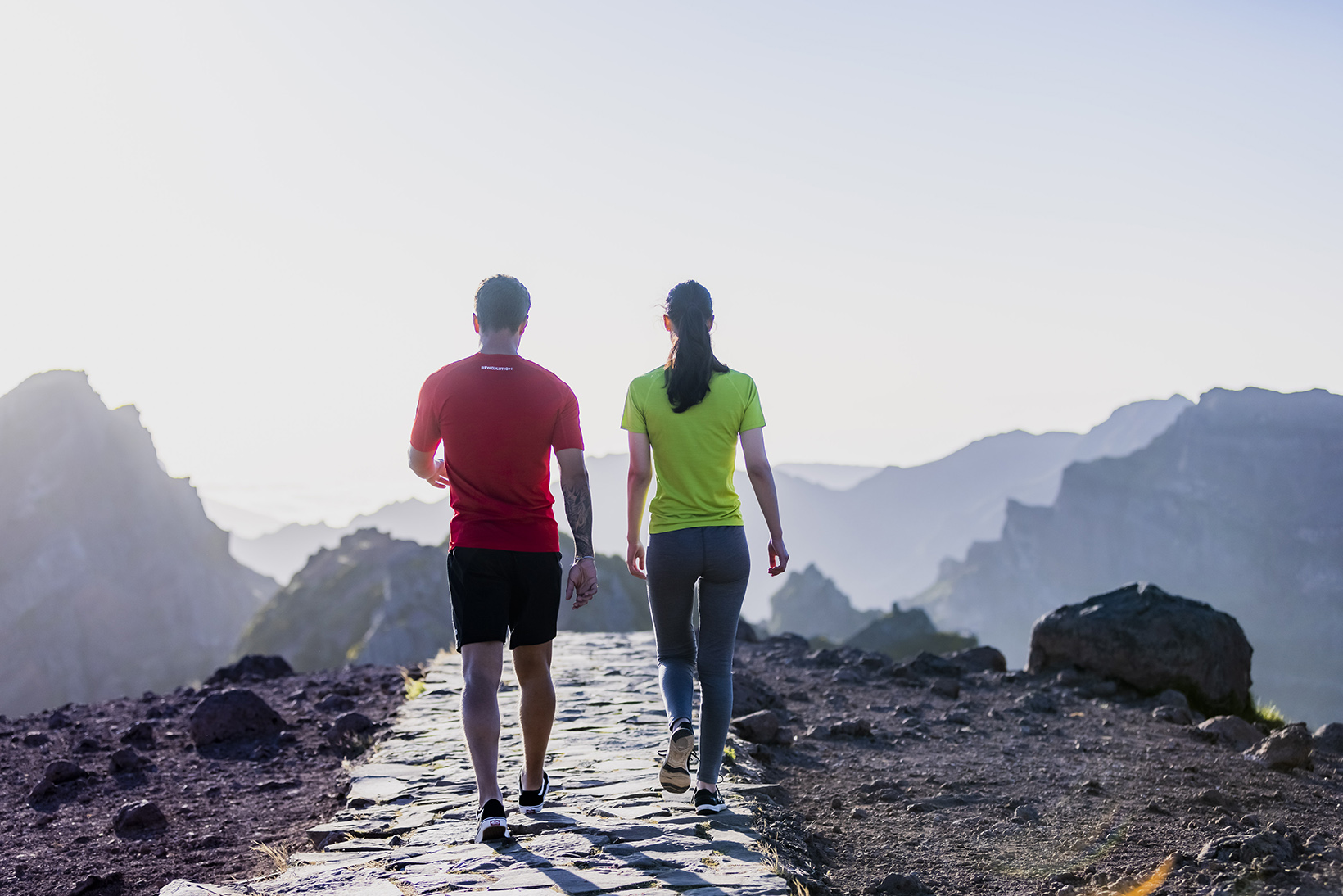Wild and lush nature, mountain peaks, beaches and marine reserves: Madeira is the ideal destination for those seeking breathtaking landscapes between land, sea and sky.
In the Atlantic Ocean, 900 kilometres from the Portuguese coast, and about 500 from the African coast, the island, together with Porto Santo and other smaller uninhabited islands, makes up an archipelago covered by forests for over two thirds of its surface.
A veritable floating garden, this volcanic island belonging to Portugal boasts unique vegetation where Mediterranean and tropical flora mix and a mild climate year round; average minimum temperatures do not drop below 20 degrees Celsius.
The Laurissilva forest, a UNESCO World Heritage Site, crossed by numerous paths and levadas (irrigation canals), leaves hikers in awe with breathtaking views over the hills and the extraordinary richness of its colours.
Funchal, the capital
The arrival point on the island is Funchal, capital of the Madeira archipelago. It is a colonial and maritime city with a lively atmosphere but a relaxed pace. We walk through its alleys and admire the nineteenth-century buildings and the old fishermen’s houses.
The murals of Rua de Santa Maria are the background to our photographs along with the bright yellow of the Fortaleza de São Tiago.
Located in the velha (old) section, right in front of the harbour, the fortress was built in the 17th century to protect the city from pirates. Today it houses the Museum of Contemporary Art.
Trekking from Pico do Arieiro to Pico Ruivo
Leaving Funchal, we immerse ourselves in the island’s wild and surprising nature.
We undertake the ascent from Pico de Areiro (1,818 metres) to Pico Ruivo, the highest mountain on the island at 1,862 metres, along a path that literally leads above the clouds.
This almost magical path connects the two peaks, winding along stairways carved into the rock and through tunnels dug into the tuff.
Although well marked, with handrails and almost always paved ground, the path is marked by major ups and downs and very exposed crags. However, it is worth walking, savouring every foot.
So, bring appropriate clothing, water and a torch, and set off to discover what is considered one of the most beautiful trekking routes in Europe.
